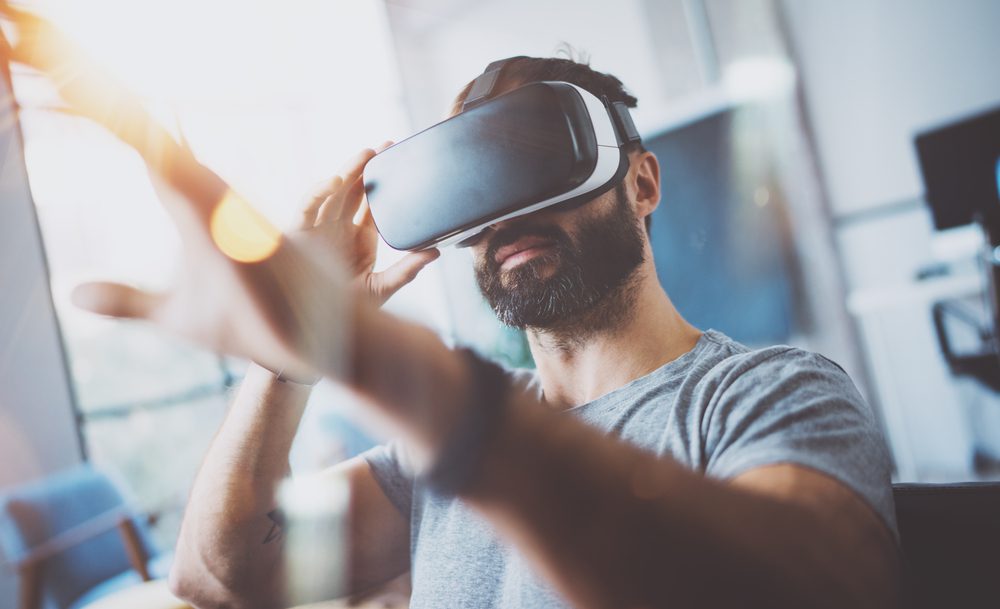Virtual reality has moved beyond its original development use of gaming into more practical uses that can be applied to workplace business simulations.
Due to increased accessibility and affordability, recent years have seen VR integrated into more training systems within businesses, particularly in order to boost the capabilities of business simulations. Implementing business simulations into workplace training programmes allows employees to practice and maintain their skills by immersing themselves in typical working situations through VR.
Benefits of business simulations
Business simulations allow a company to train staff using real-life situations, whilst remaining in a scenario-based and controlled system. This means that they can gain a real feel for the role and issues they may face without any errors having any real-world effect on the business or systems. For banking and other sectors where activities may involve high risk, learning when and how errors occur whilst ensuring that these mistakes have no effect on the business is crucial to ensuring that staff are well-prepared to perform in the live environment.
Virtual reality in business simulations
Virtual reality offers learners the capability to become completely immersed within an experience and allows them to feel ‘present’ in that environment, although failure to implement a programme in which investments are put into the quality of the video used, will affect the realism of the experience.
Context is important too when creating a business simulation supported by VR. The content involved must be highly relevant and link back to the objective of each activity included. Ensuring that all of the lessons included in the training simulation link back to the core focus of the course is crucial to achieving results, whether this is commercial awareness, banking training or customised training for the new generation of works; Millennials and Gen Z.
Augmented reality
Augmented reality can be utilised using technology such as smartphones and VR headsets to help employees identify errors or dangers within their workplace. Using the environment around them, the technology offers a window into spotting issues within the area or highlighting processes, whether this is an issue in terms of health and safety or an error in the way in which a task has been completed.
Differing from VR, augmented reality allows the user to see their environment around them, as if looking through a camera lens, with the addition of elements that can only be seen by only the viewer. These elements will allow learning to be carried out on location and also can support to microlearning activities, which are occurring frequently on the job. For example, where a learner has a question in regards to a particular piece of machinery or hardware or an error has occurred within it, with the right AR equipment, they can open up their smartphone and use this to determine the error by pointing their camera at it. This opens up a great many opportunities in terms of creating business simulations which encourage individuals to learn on their own and rely on the technology to support their ongoing education.
















